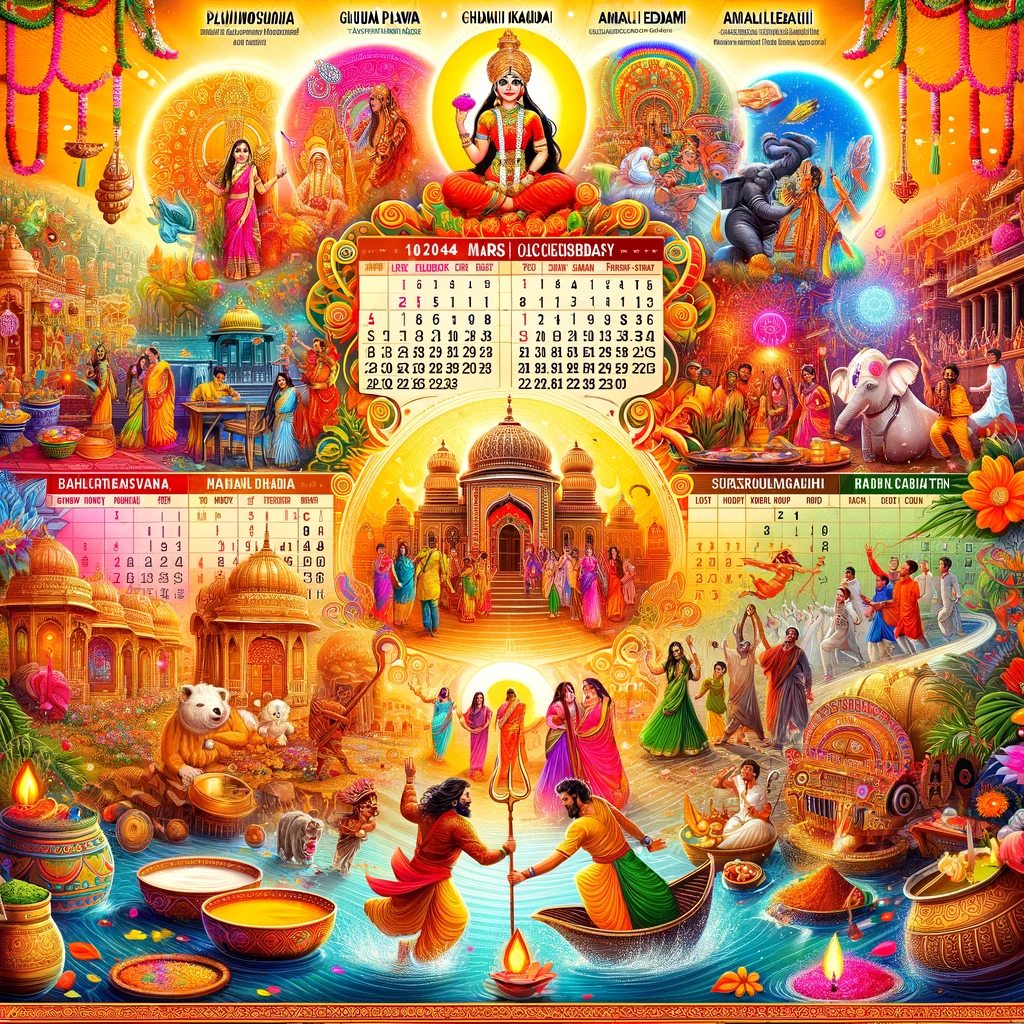
The Bhagavad Gita which is commonly called the Gita is a well known text of Hinduism and one with rich philosophical depth. It consists of seven hundred verbally exchanged lines of dialogue between the hero Prince Arjuna and his powerful charioteer, Krishna. This dialogue takes place on the plains of Kurukshetra, more specifically before a great war was planned to commence. This sacred text is from the Hindu Vedas as part of the Indian epic Mahabharata, which falls under the Bhishma Parva.
The Bhagavad Gita is one of the popular Indian sacred literature that was composed in the 5th to 2nd century BCE. The credit for exact writing, however, goes to Vyasa who is also said to have been the compiler of the Mahabharata. The setting of the Gita is the conflict in the context of Mahabharata when the Kurukshetra war is just about to commence. Arjuna is one of the five Pandava brothers who has been taught and nurtured under the banner of his maternal uncle, King Drupada whom he has to wage war against. It is only when he has reached the very lowest of lows and doesn’t know whether to move forward or backward that he comes to Krishna for help.
Setting
Arjuna is not just the protagonist but the force, the drive and inquiry of the dialogue pertains to his questions of life, of duty. He is caught in the dilemma of a warrior, who sees it as his responsibility to fight, and his conflicted feelers that condemn him for eliminating his own people and bringing death and destruction. Enacted by grief and empathy, Arjuna falls down on the ground, yielding his bow in refusal of fighting.
Having so, Krishna then feels it necessary to start teaching Arjuna, and dispelling his qualms and misgivings, he points out various aspects of philosophical tenets. The Bhagavad Gita contains expoundment or preachings of Krishna on a range of spiritual, ethical and metaphysical issues and gives a premier understanding of the essence of life, one’s responsibility, virtues and the actuality of the self.
Teachings
Dharma (Duty and Righteousness): The significance of the idea that it is better to perform one’s duties and leave the consequences to the Divine is underlined by Krishna. Based on this, the values of the Gita hinge on the concept of nishkama karma. Arjuna is encouraged to fight the battle of Kurushetra as a Kshatriya, a warrior, without being bothered about the fruits of his action, whether noble or evil.
Yoga (Paths to Spiritual Realization): In trying to provide definition to yoga, the Gita describes several kinds of yoga as being the ways to spiritual evolution. There are four primary branches of yoga which are Karma Yoga or the yoga of action, Bhakti Yoga or the yoga of devotion, Jnana Yoga or the yoga of knowledge and Dhyana Yoga, the yoga of meditation.
The Nature of the Self: To properly tread the path of dharma, Krishna points out that there is an eternal self or soul (atman) and that they are not their bodies. The self one possesses is limited and cannot be created nor destroyed because the self remains with a person forever when he or she is born or buried. This understanding assists Arjuna in coming to terms to accept the inevitable changes of life and mortal lives.
The Vision of the Universal Form: The philosophical dispute that occurs in one of the most popular chapters of the Gita when Krishna reveals his Vishvarupa to Arjuna teaches about divine immanence and relationality of the cosmos. This vision disproves absolute individuality and confirms the omnipotence of the divine essence that exists above all personas.








